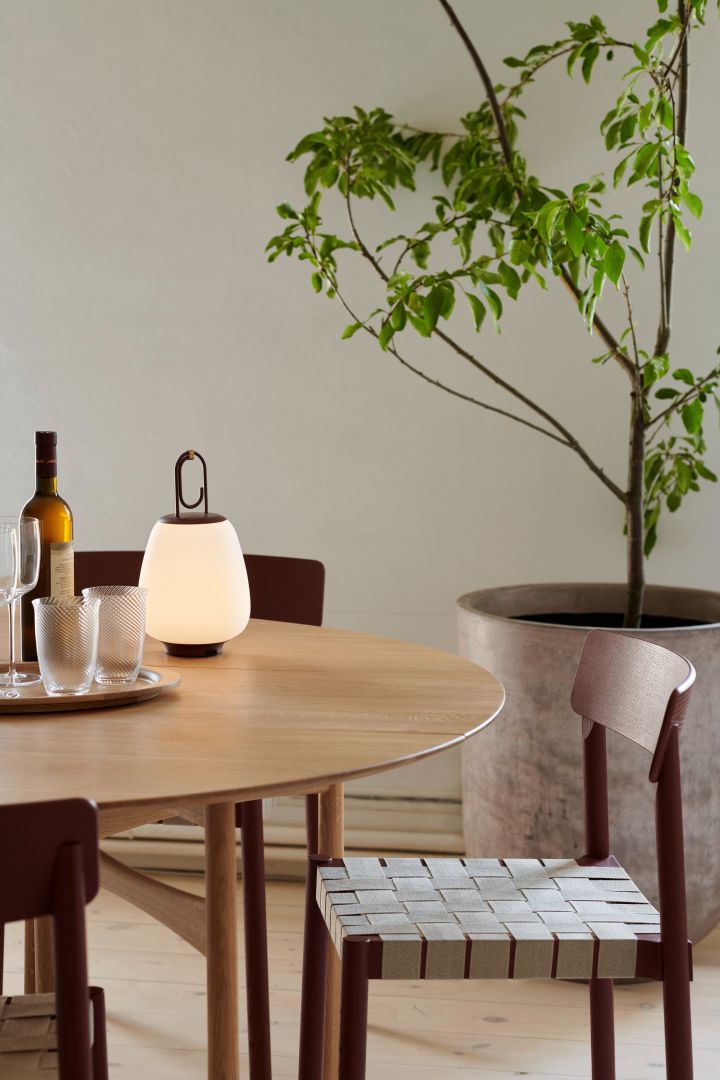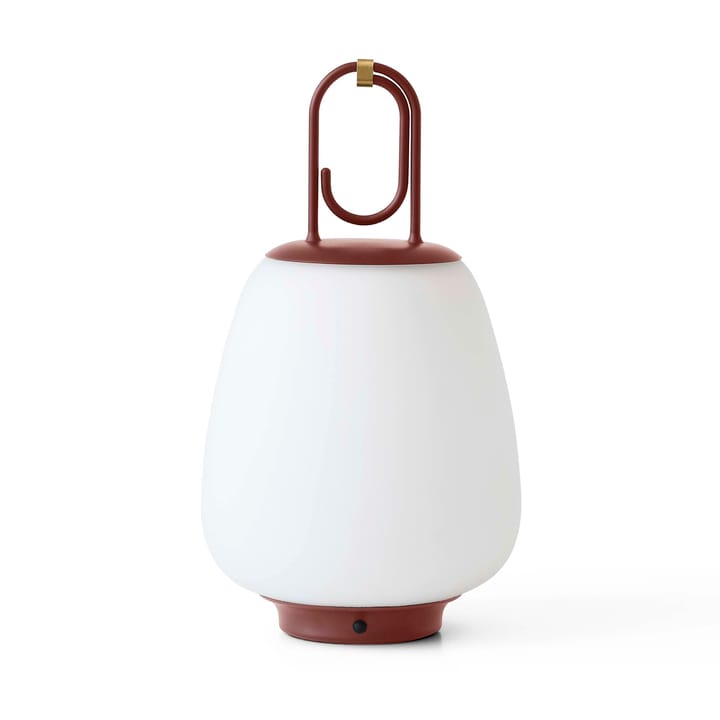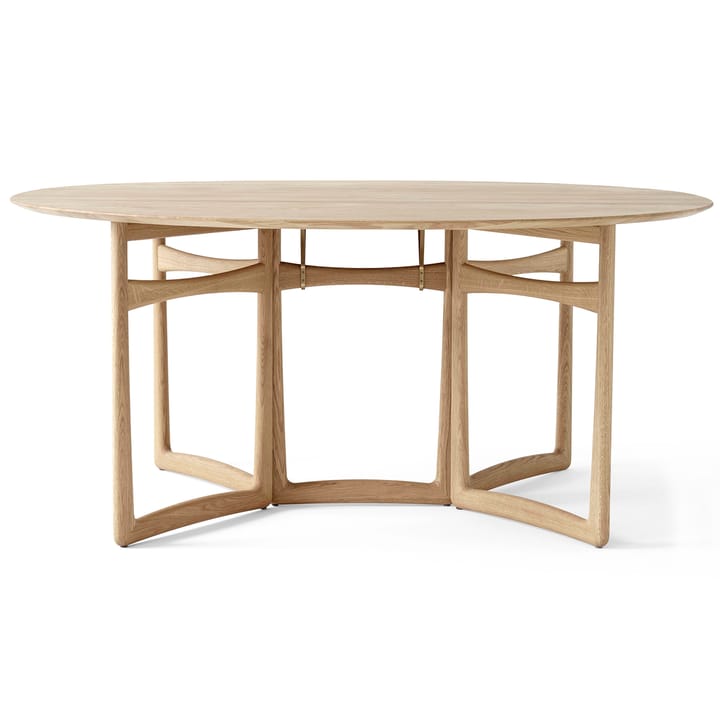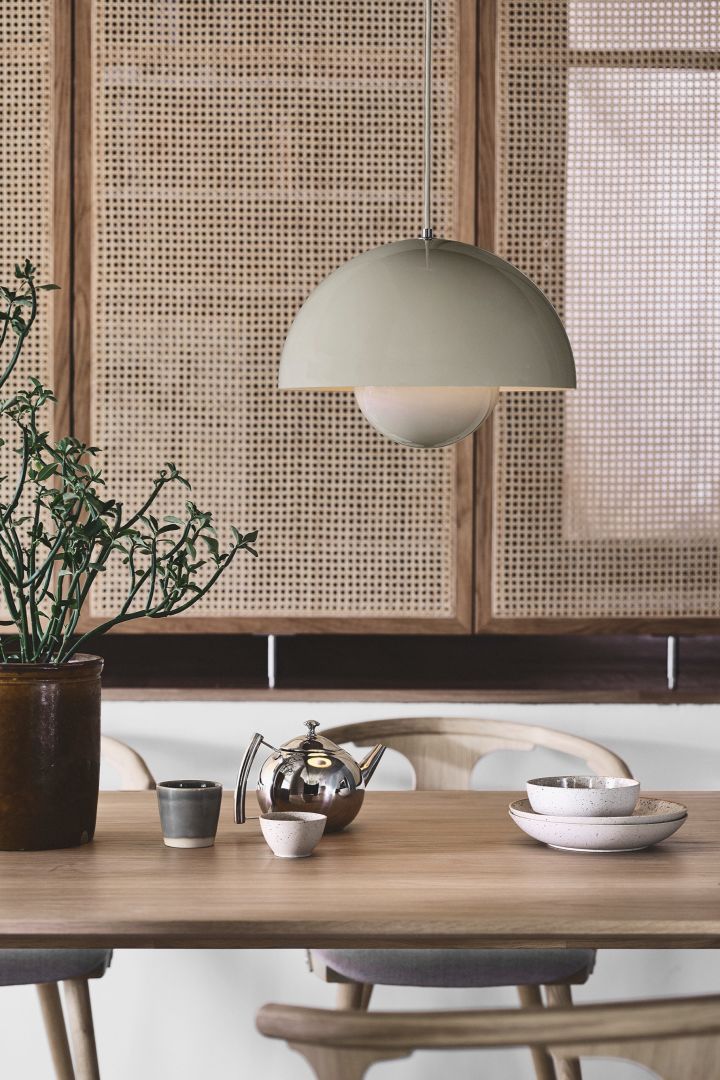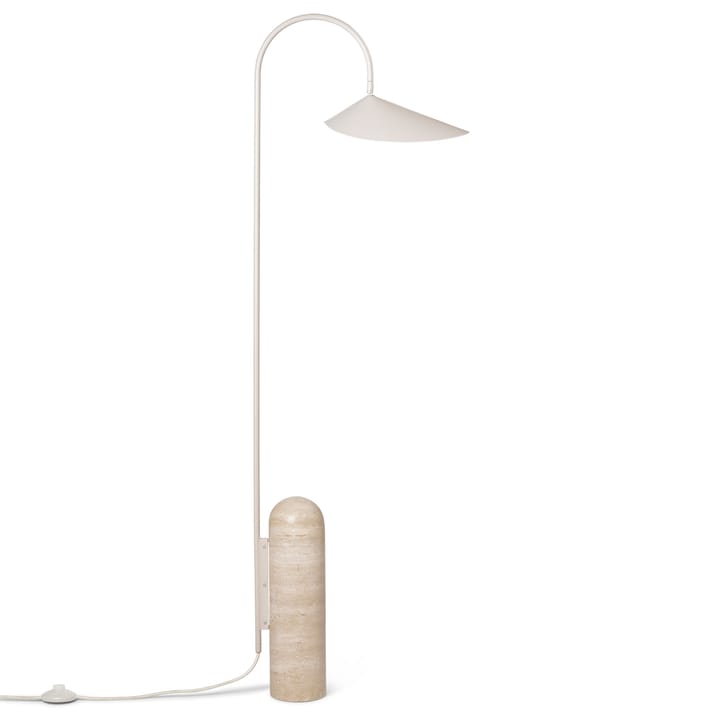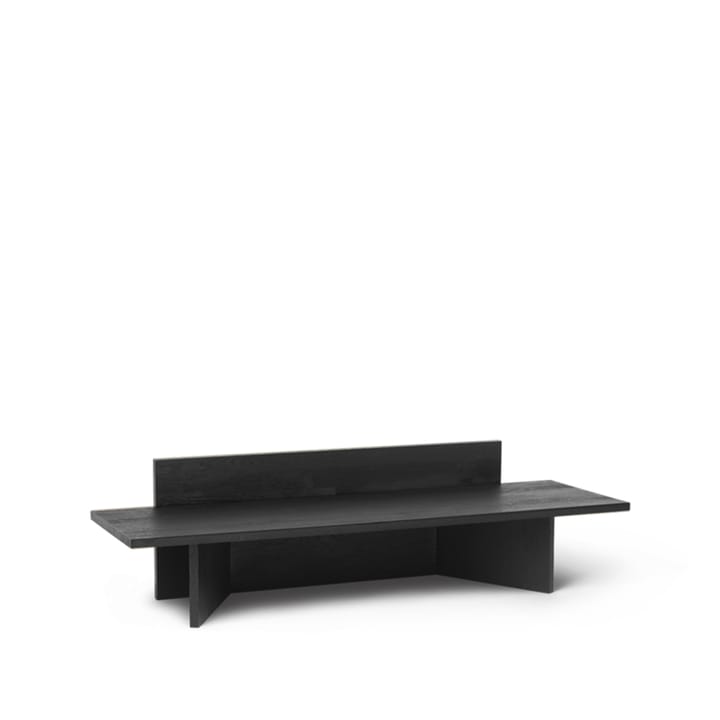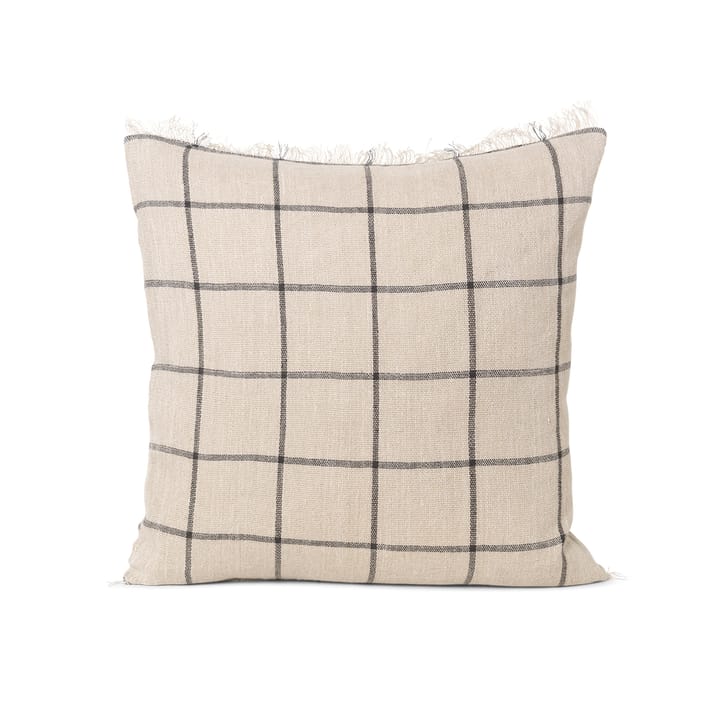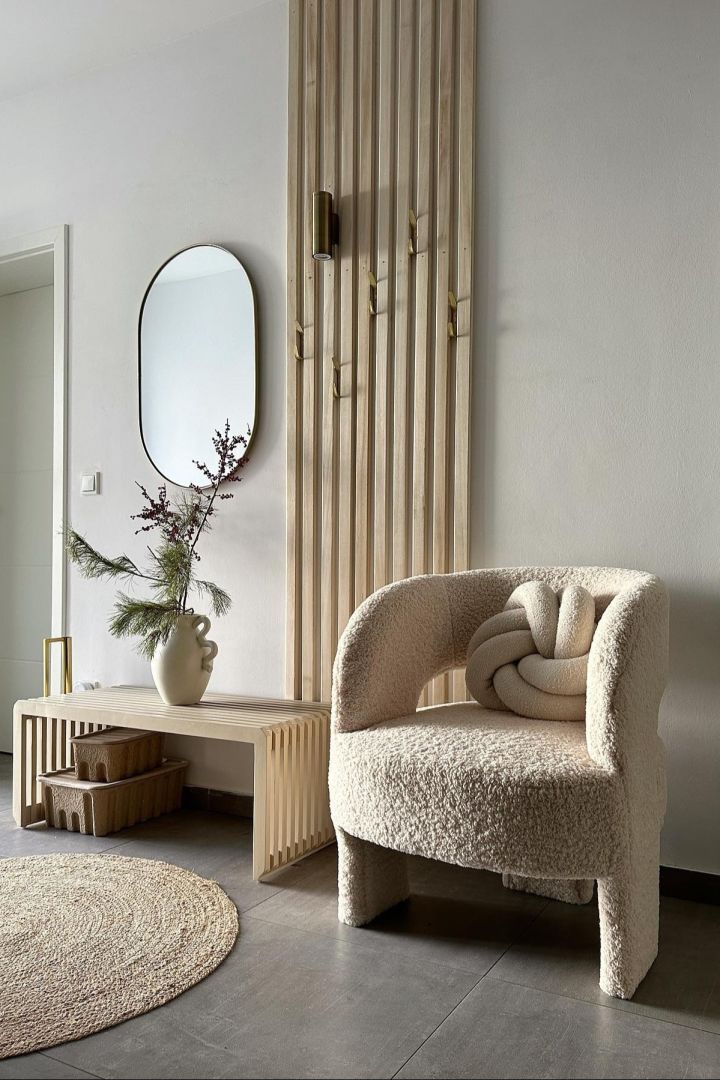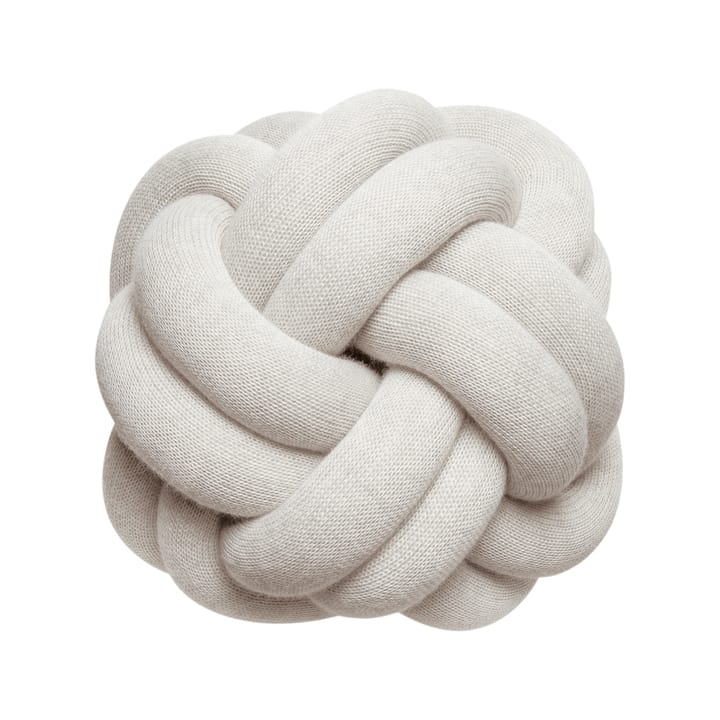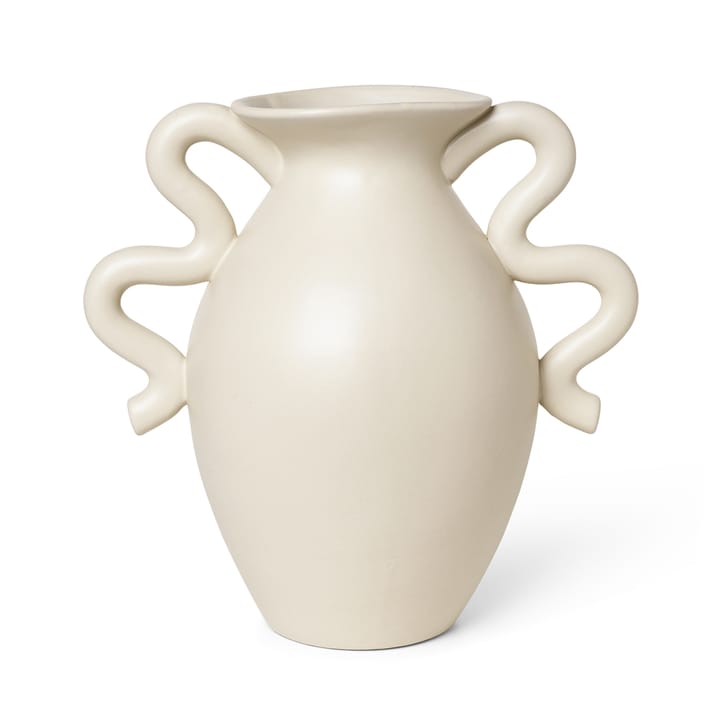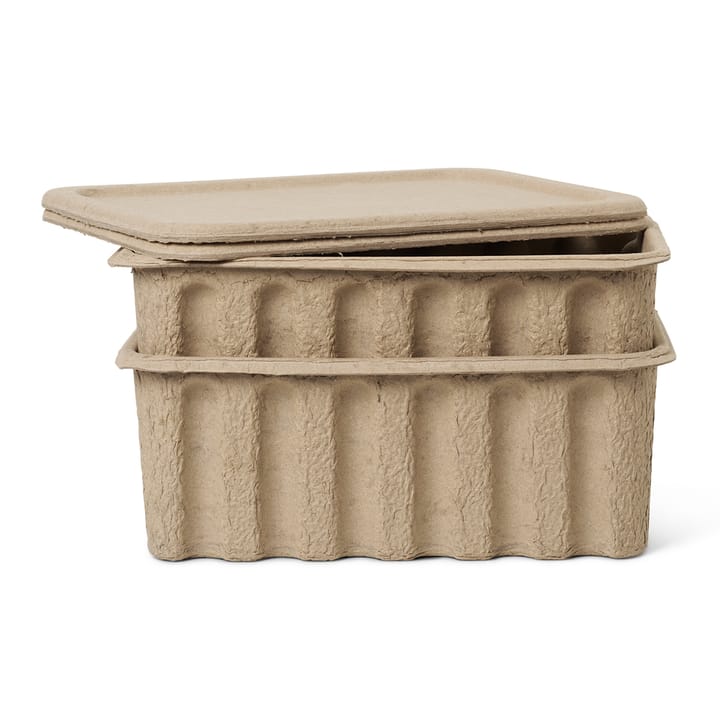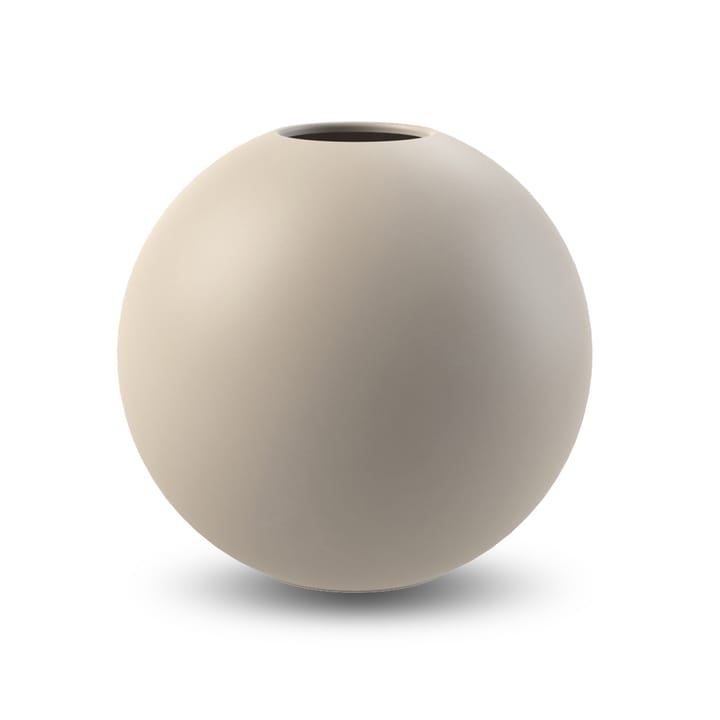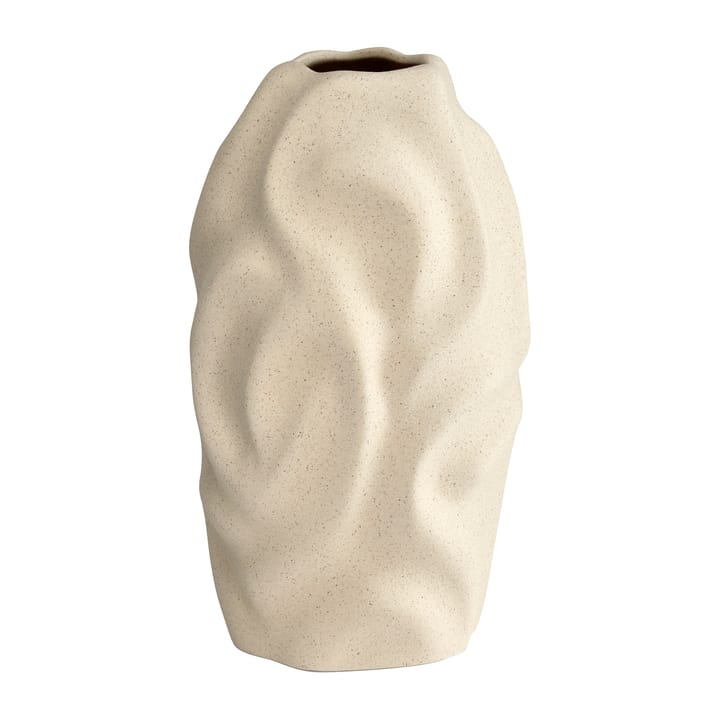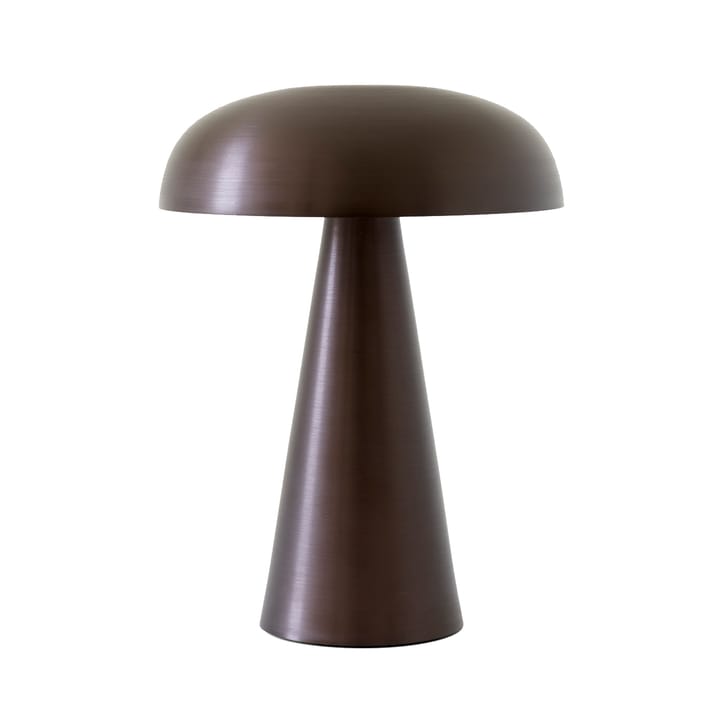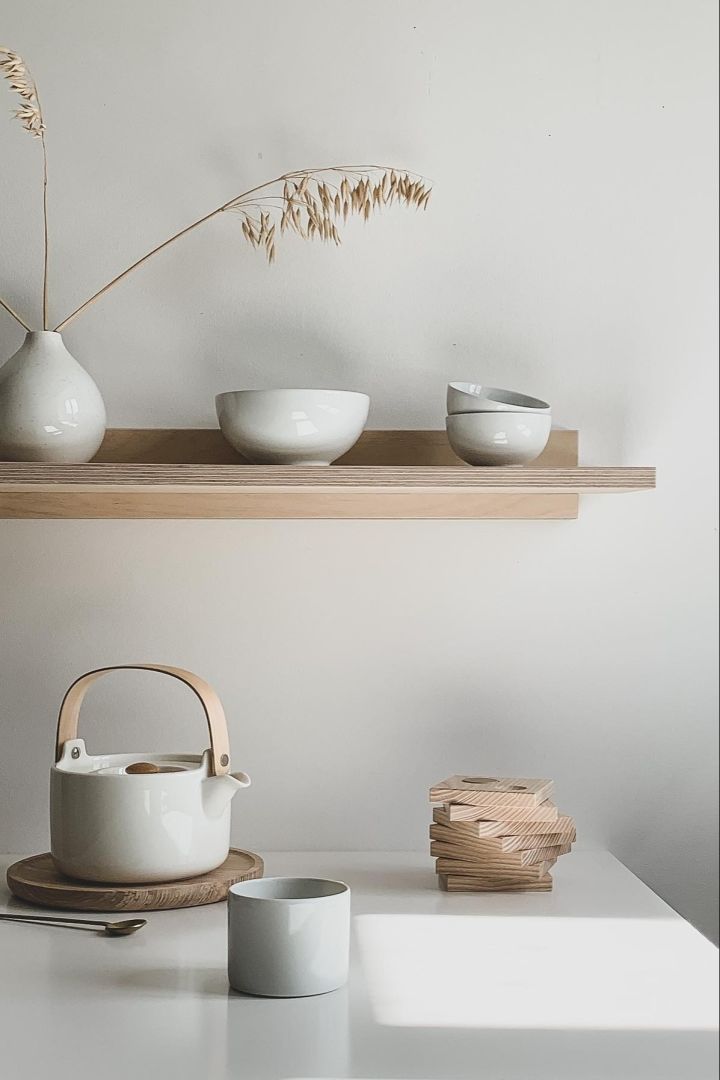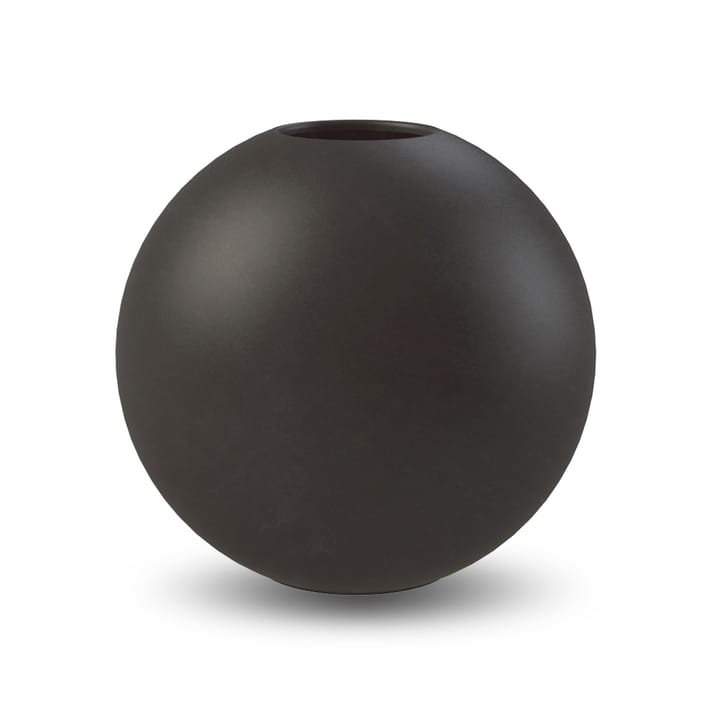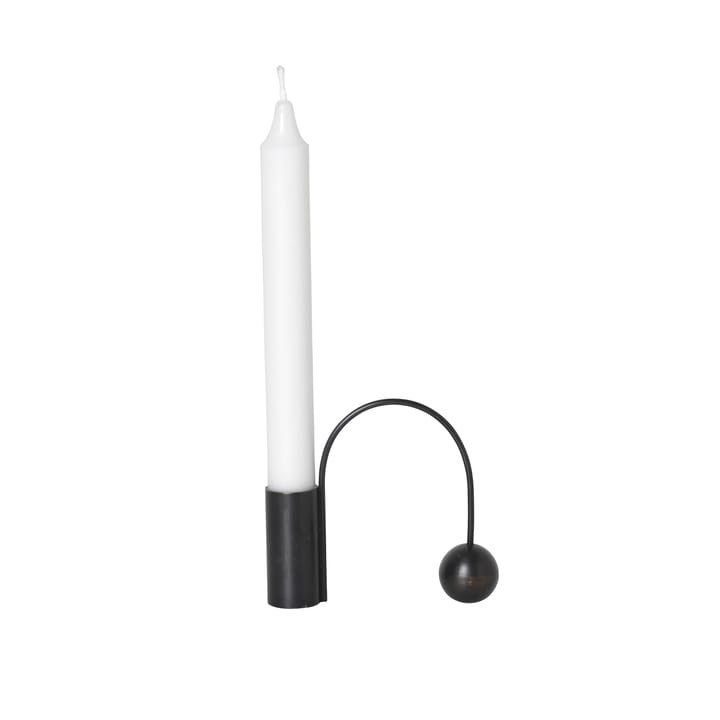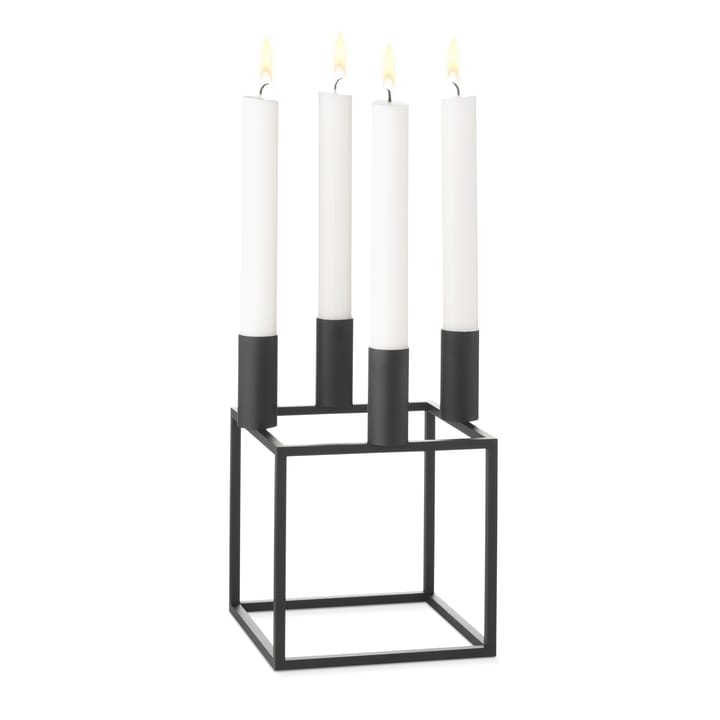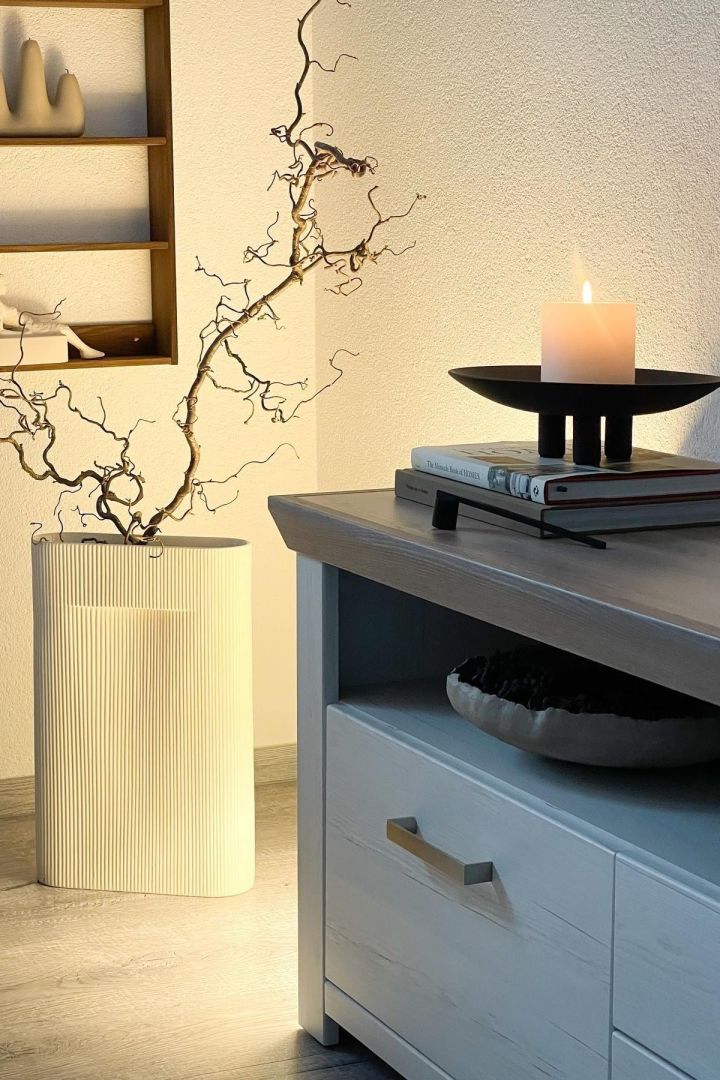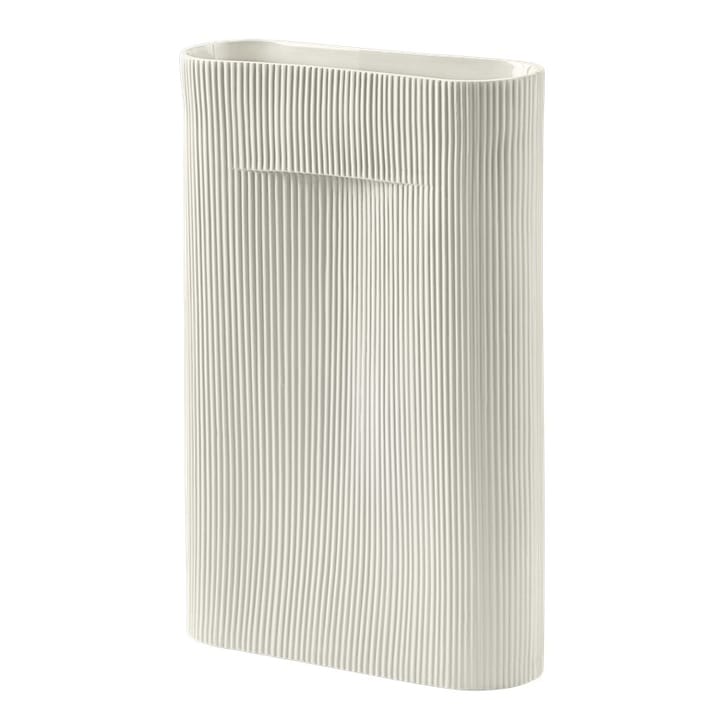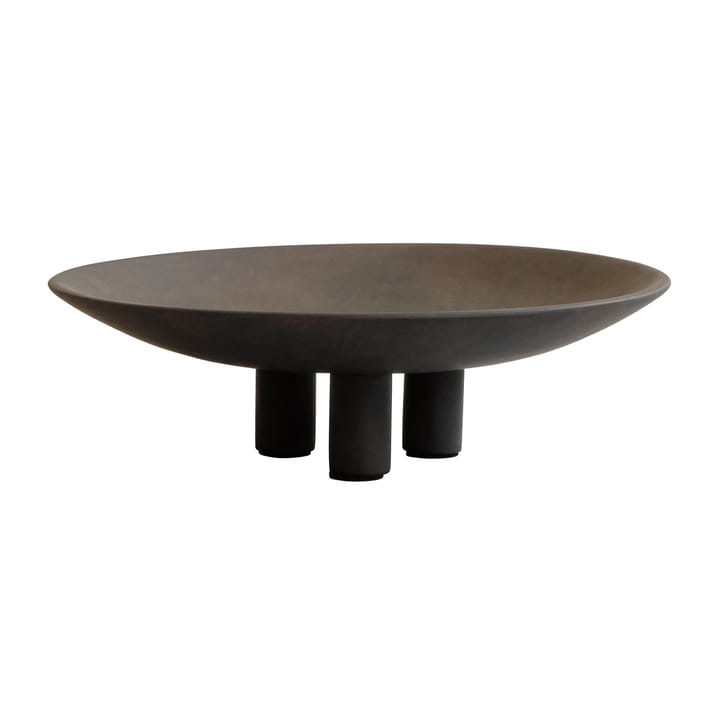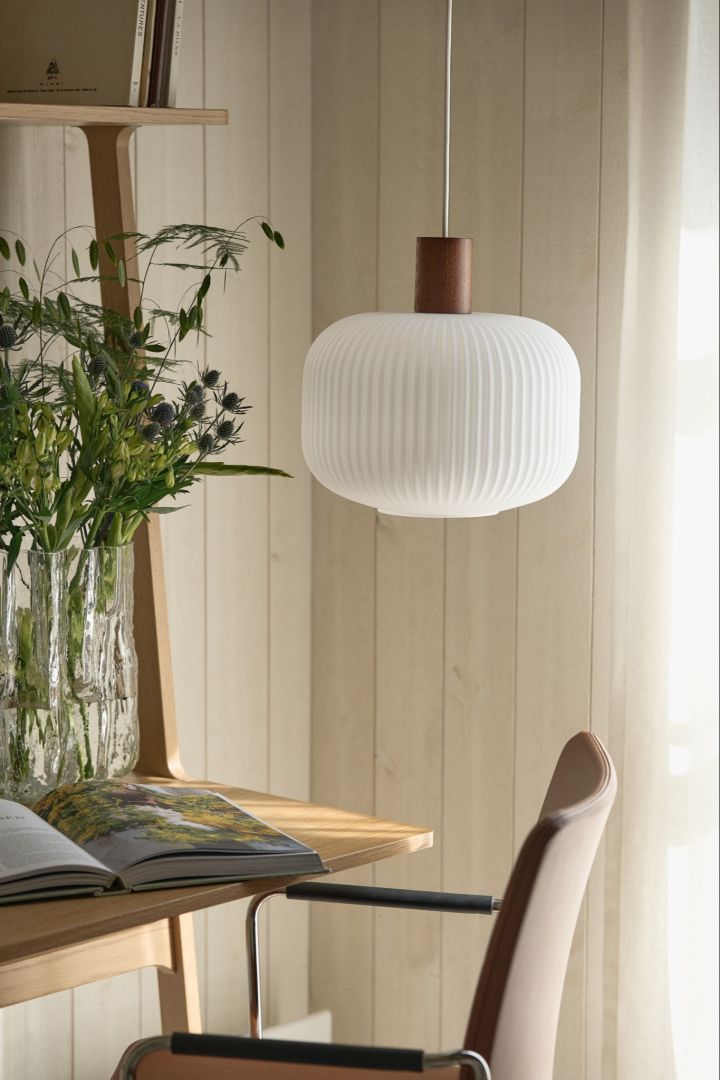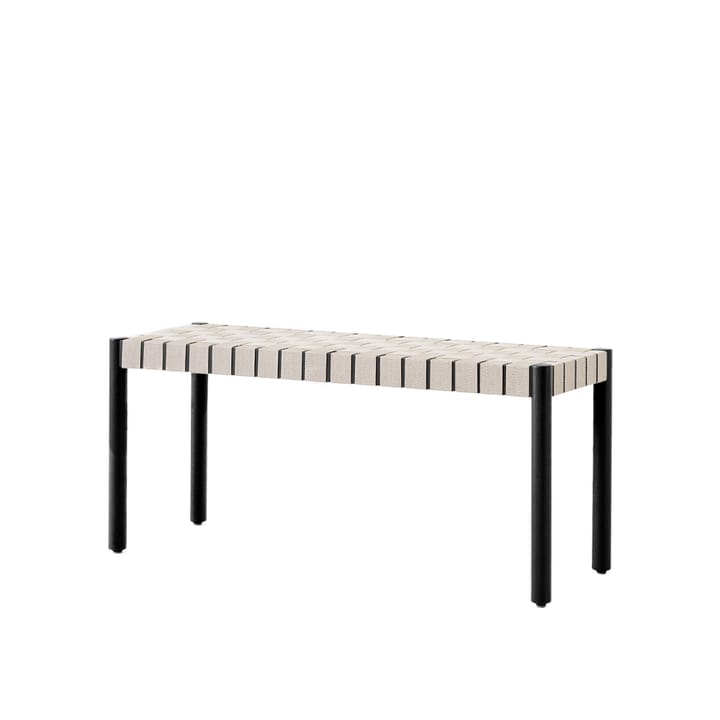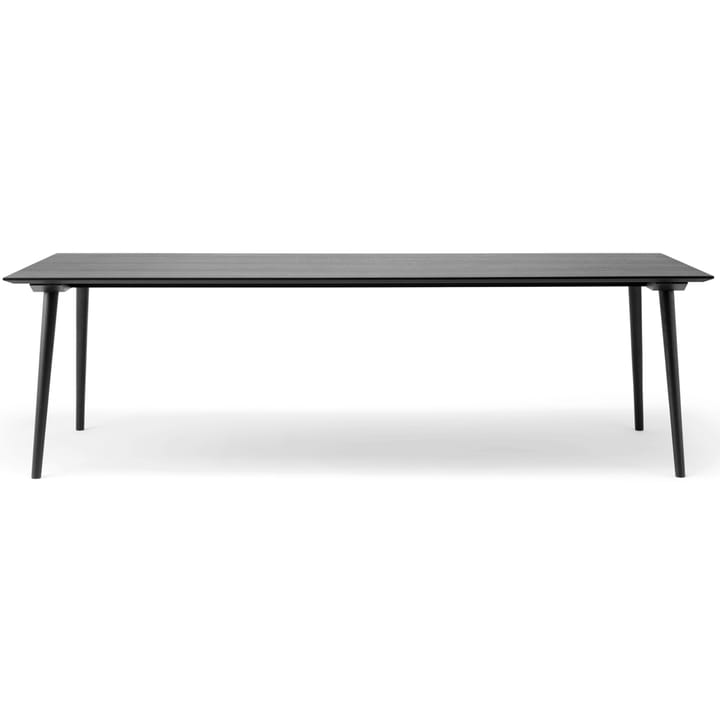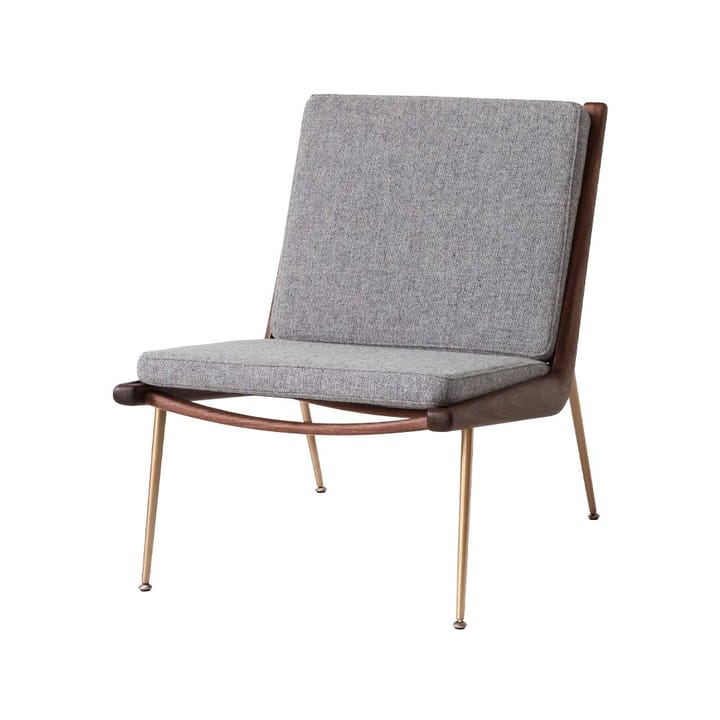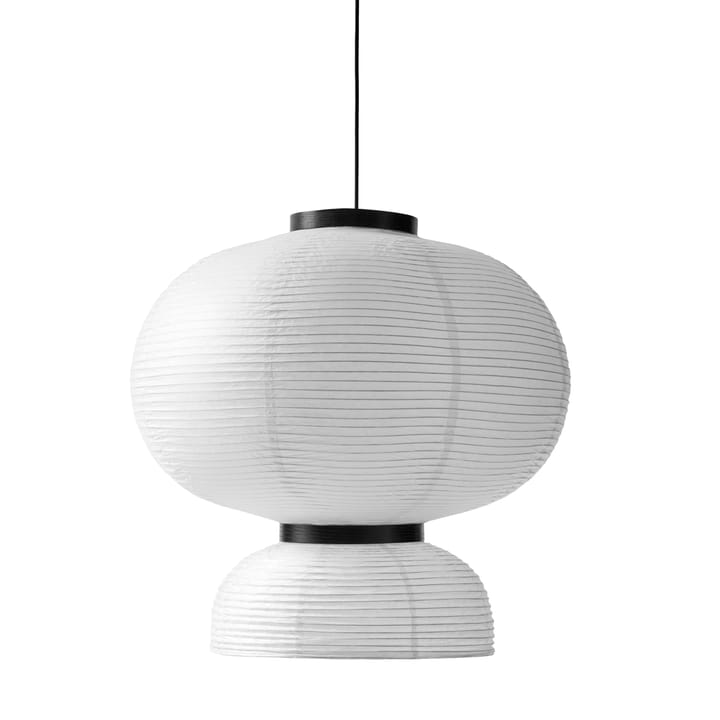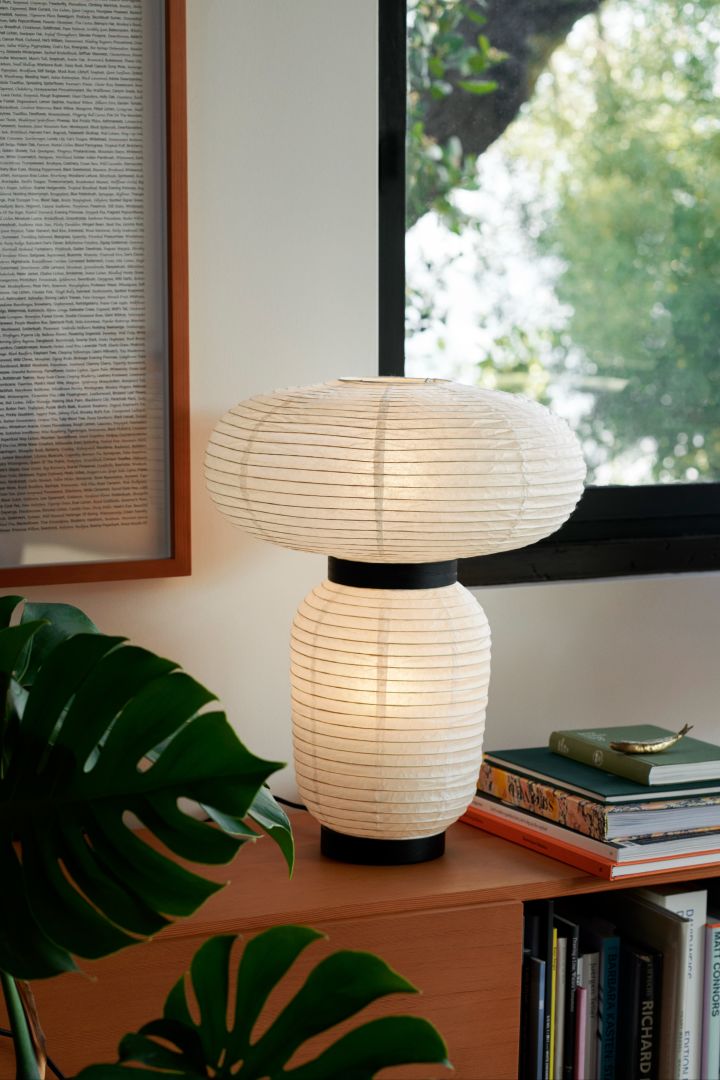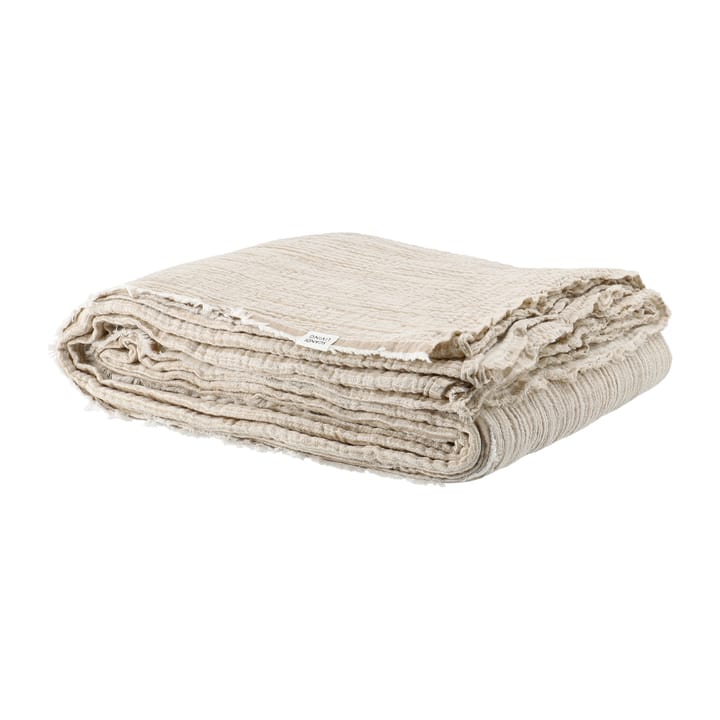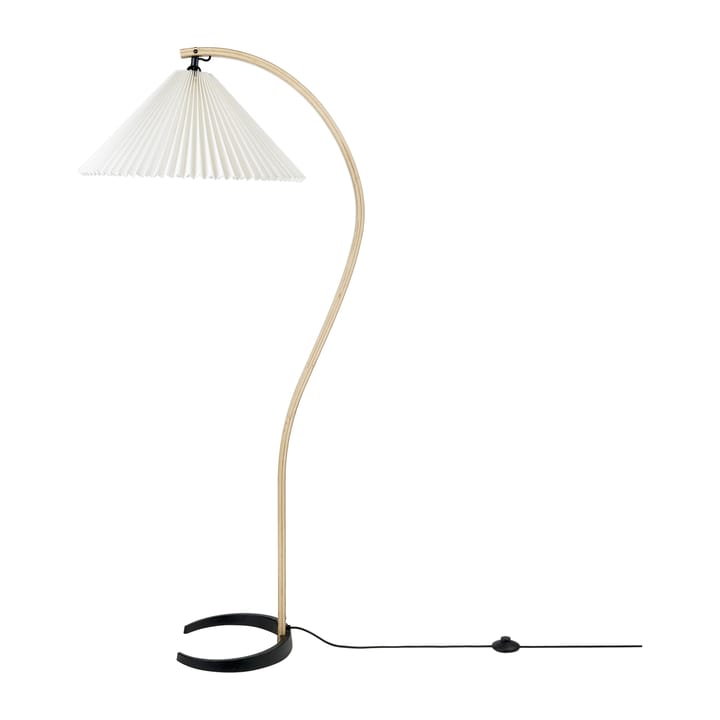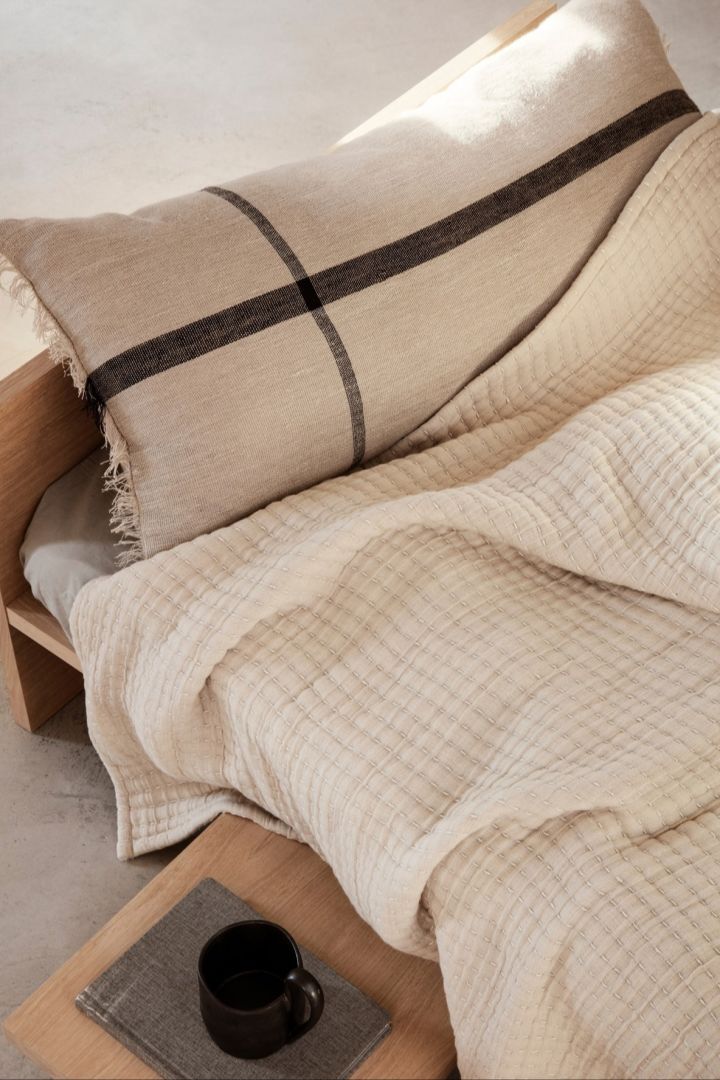FREE SHIPPING FOR ORDERS OVER $199
60 DAYS RETURN POLICY
5% OFF FOR NEWSLETTER-SIGN UP
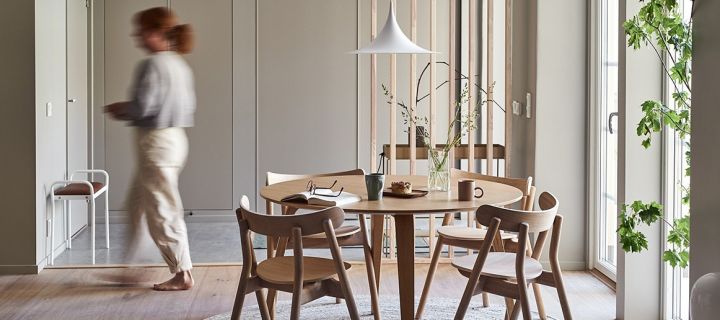
The Japandi Style – How to combine Scandinavian and Japanese interior styles
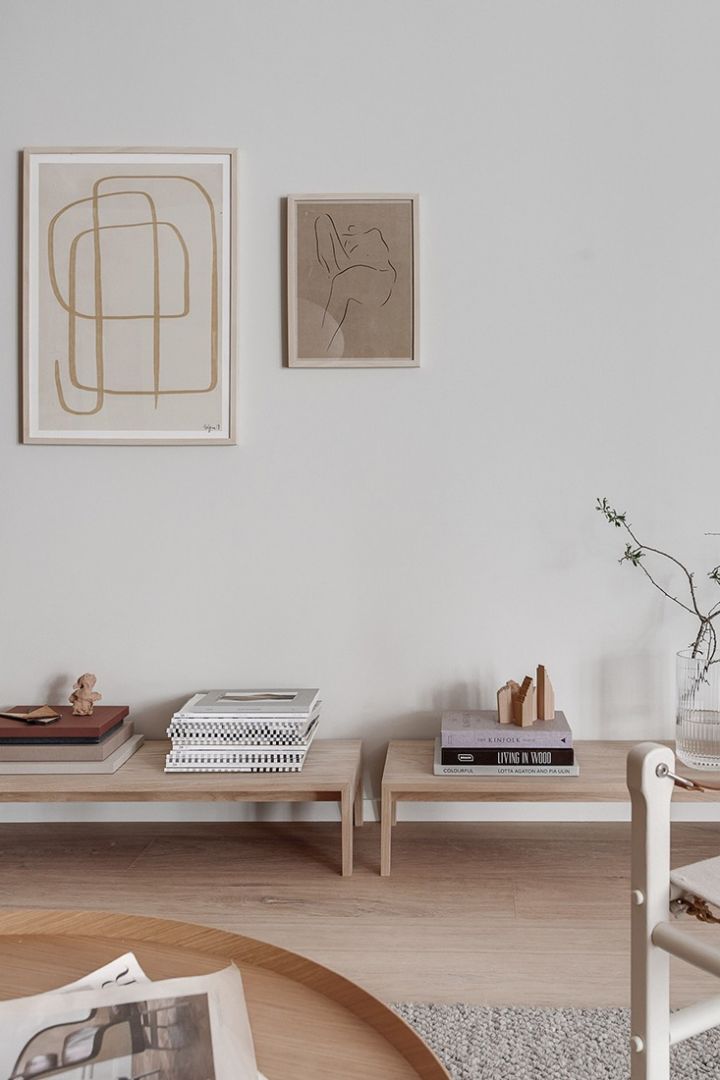
Japandi is a fusion interior style that combines functional, Scandinavian design with Japanese minimalism.
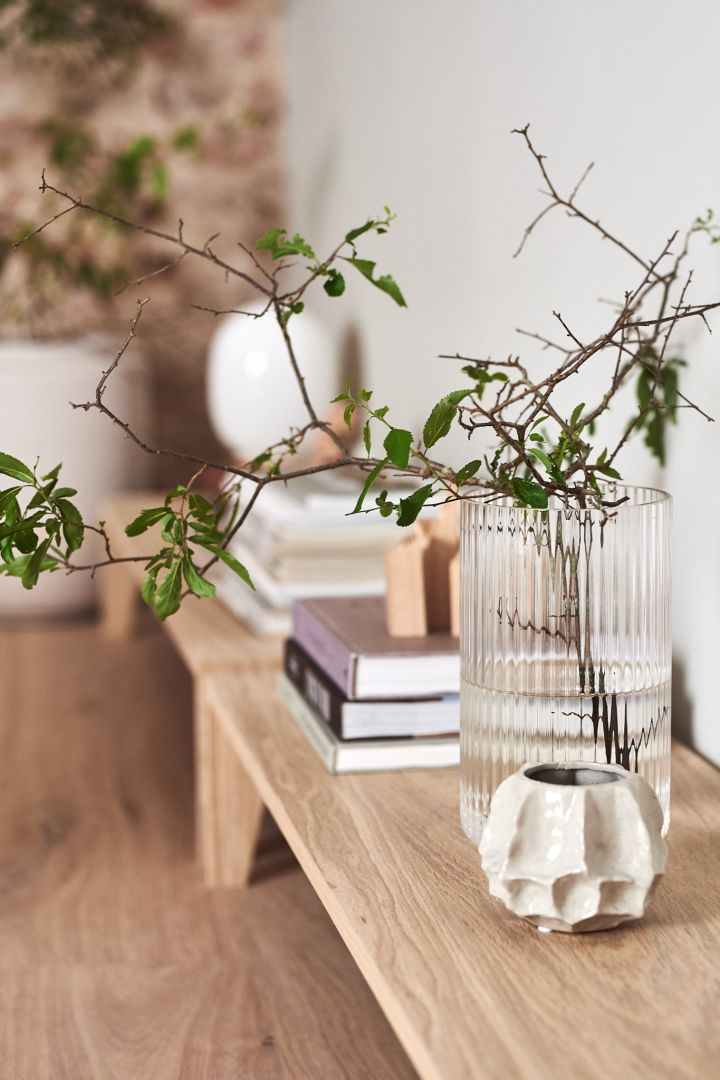
In Japandi quality craftsmanship is combined with carefully selected objects, clean lines & sparse house plants.
WHAT IS JAPANDI?
Japandi is a fusion interior style that perfectly combines the functionality of Scandinavian design with elegant Japanese minimalism. Natural, tactile materials combined with bright, neutral colours and clean lines create a cosy but well-curated interior with elements that are chosen with care for an interior style that captures the heart of both design philosophies.
The reason why Scandinavian and Japanese design marry so well is because both are rooted in functionality and simplicity. But there are nuanced differences between the styles. The base for a typical Scandinavian interior is generally more about cool colours, crisp white walls are common. The Japanese style on the other hand embraces warmer, natural colours. In Scandinavia "hygge" (the concept of being warm and cosy) is the key word when it comes to décor, while Japan focuses on the philosophy "wabi-sabi" - the idea that there is beauty in imperfection. Both styles enjoy the use of natural materials, in Scandinavia paler tones of wood are the go-to, whereas Japanese interiors like to show off darker shades. It is in the combination of these two similar styles where Japandi is born. Based on functionality, simplicity, natural elements and craftsmanship, the Japandi style captures the heart of both design philosophies. The result is a sophisticated and timeless interior style that values quality over quantity.
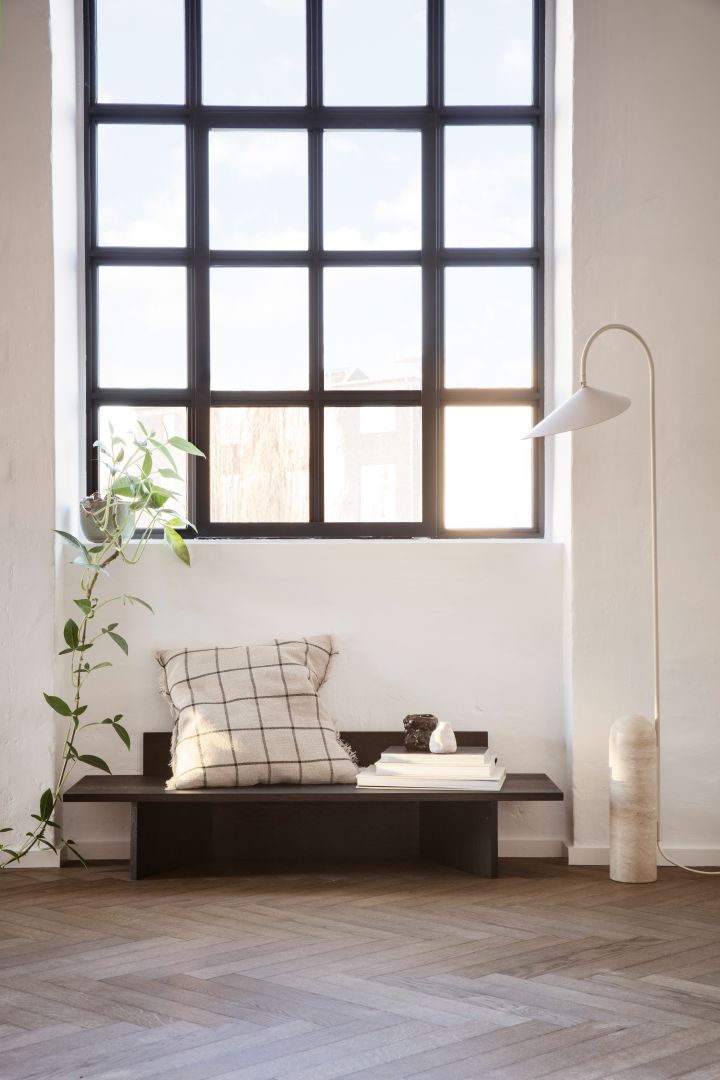
Opt for low furniture and natural materials for the Japandi style, such as the Oblique bench and Arum floor lamp from ferm LIVING.
HOW TO DECORATE IN THE JAPANDI STYLE
Japandi is about clearing away the clutter and creating order in the home. However, this does not mean bare walls or removing everything that shows off your personality. On the contrary, Japandi is based on creating a well-curated interior with carefully selected objects that gently take your attention as opposed to grabbing it! The rest can be tucked away in neat storage for a more harmonious home.
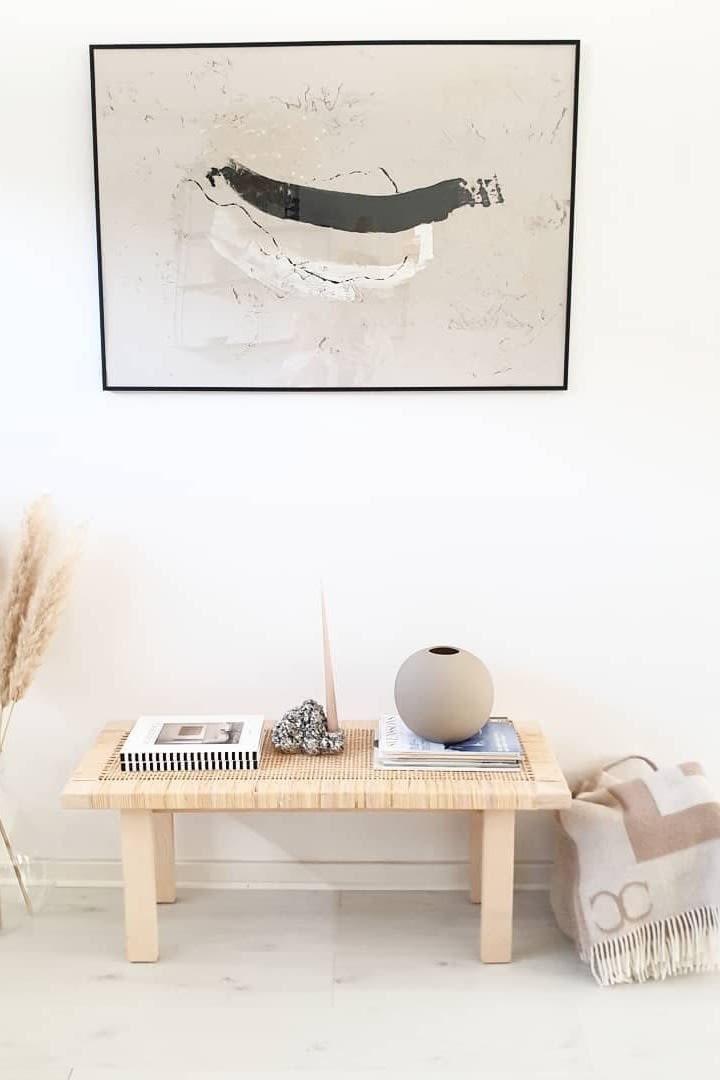
Black accents, a neutral colour pallet and natural materials are typical for Japandi, @sofies115kvm is the perfect example.
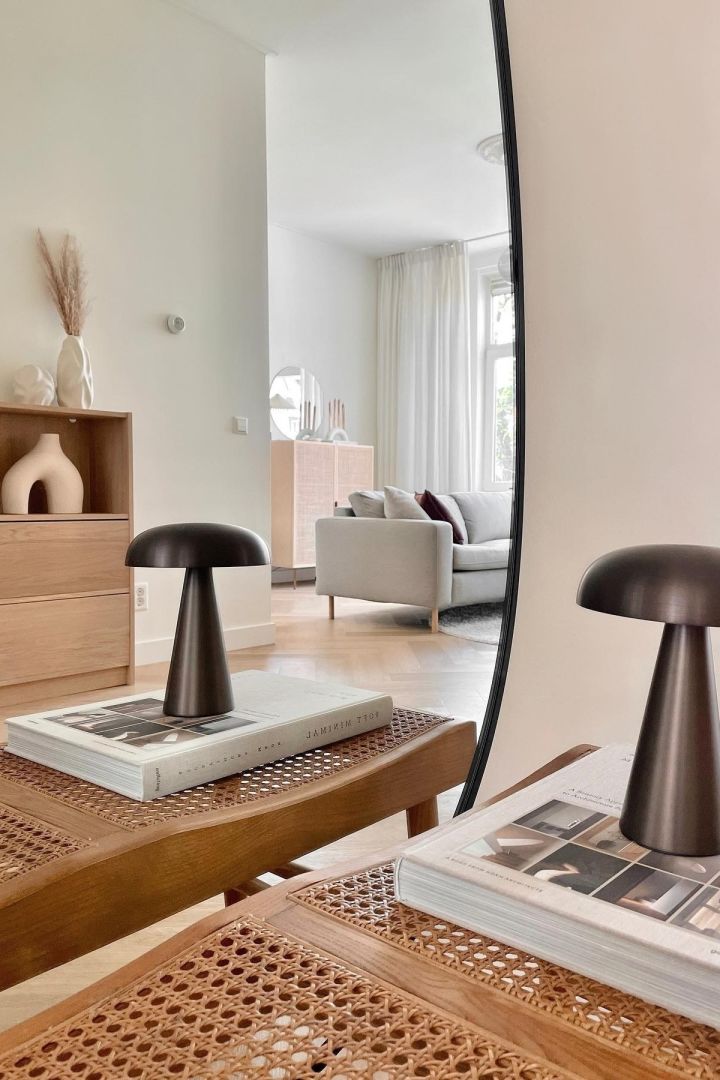
Table lamps are also ideal as dark accents, as seen here at @maisondemanon.
The keywords for decorating in the Japandi style:
- Clean and clutter free.
- Quality over quantity – invest in timeless design.
- Simplicity - both in feel and style.
- Imperfect - embrace the imperfect in natural materials, ceramics and a casual throw on the sofa.
- Clean lines - bring in the Japanese elegance by starting with clean, simple lines in your interior design. Think furniture and interior details that have a certain austerity to them.
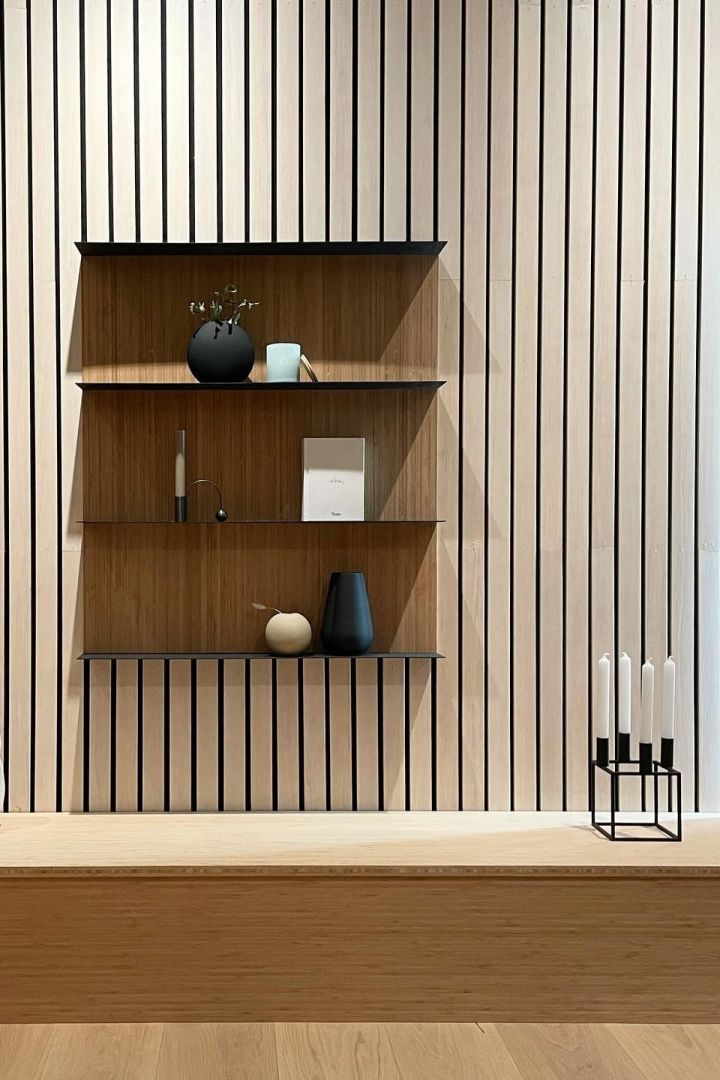
Black decorative elements, seen here by @funkis.ariane.
THE JAPANDI COLOUR SCALE
The Japandi style is largely based on the Scandinavian preference for cooler tones but is balanced with warmer, earthy colours that pick up the Japanese influences. If you are looking to add the Japandi colour scheme to your décor, mix and match these shades and pick out black as your accent colour.
THE MATERIALS THAT BRING THE JAPANDI STYLE INTO YOUR HOME
So what materials should you furnish with for a Japandi-style home? Without a doubt wood is the key element here. Think wooden furniture and wooden panels, preferably in one and the same type of wood, but you can combine slightly lighter wood with darker types of wood à la Japan. Then add hints of other natural materials such as wool, linen, bamboo, rattan, ceramics and glass.
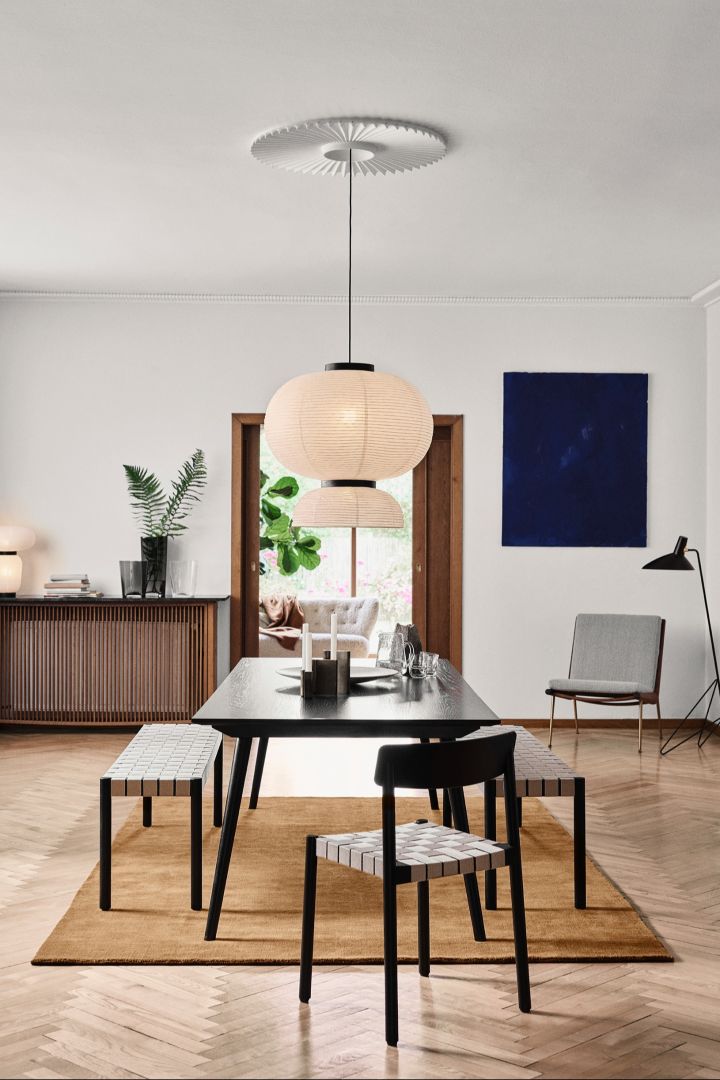
Combine different materials such as wood, paper and linen!
THE PRODUCTS YOU SHOULD INVEST IN FOR A LITTLE EXTRA JAPANDI IN YOUR HOME
Japandi relies heavily on furnishing with "key pieces". Carefully selected objects and beautiful craftsmanship combine elegantly to create this beautiful style. For a Japandi-style home, you should invest in lower furniture: a sofa, stool or coffee table that are almost directly on the floor, for example. The furniture should be constructed from clean lines to achieve a sophisticated, pared back look. The lighting can hang lower and lamps made of rice paper are a given in this interior style. Vases and pots are preferably made from stoneware or ceramics, while the textiles are monotone.
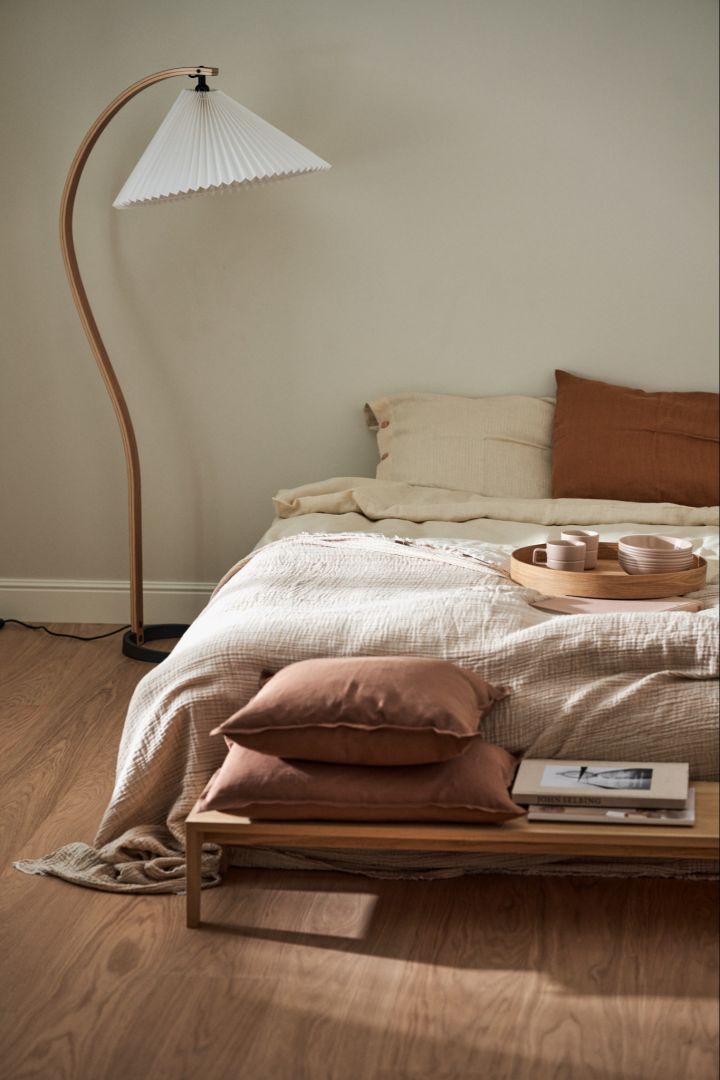
The Timberline floor lamp from Gubi is ideal for Japandi style furnishings.
Japandi may be an interior style that is very current right now, but it is a style that is timeless. So if you want to decorate in the Japandi style, you can do so with the confidence that this trend is not going away anytime soon.
Styling: Sara Zetterström, Ellinor Johansson, Lukas Kunwaryanto, Menu, &tradition, New Works Photo: Angeliqa Daldorph, Menu, &tradition, New Works

